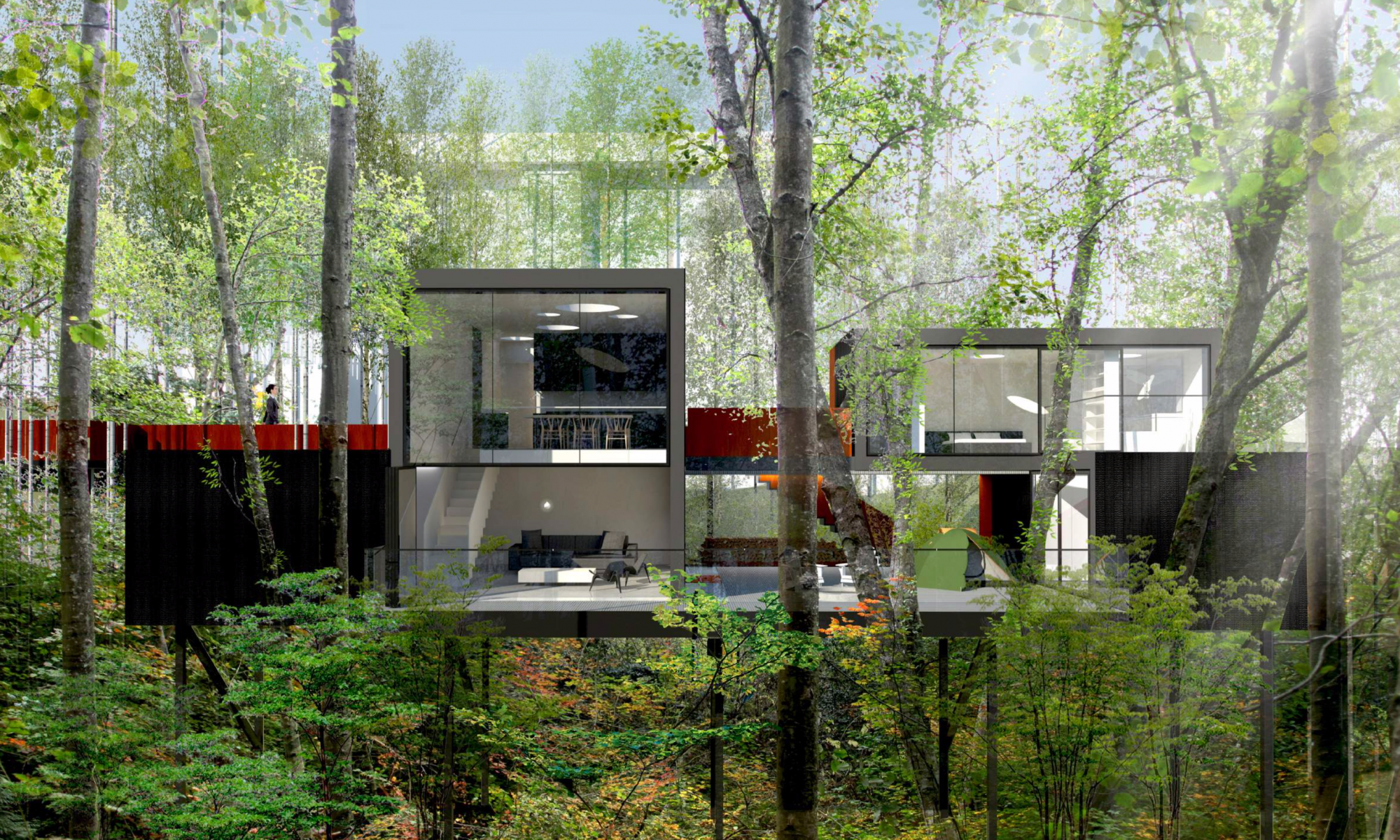Biophilia, a term popularized by American biologist Edward O. Wilson in the 1980s, describes humans’ innate connection to nature. It encompasses our inherent need to interact with the natural environment. This concept has gained traction in various fields, from architecture to psychology, emphasizing how this connection can enhance our well-being and productivity.
Biophilia in Daily Work
Integrating biophilia into the workplace can transform mundane work environments into spaces that boost morale and productivity. Here’s how you can incorporate biophilic design into your daily work life:
- Natural Light: Maximizing natural light can reduce eye strain, improve mood, and enhance overall well-being. Large windows with outdoor views can also help reduce the feeling of being confined.
- Plant Life: Adding plant life not only improves air quality but also adds aesthetic value, which can reduce stress and enhance employee creativity.
- Natural Materials: Using furniture and decorations made from natural materials like wood, stone, or bamboo can enhance the biophilic quality of an office. This brings elements of nature indoors and provides a sensory touch that artificial materials cannot.
- Water Features: Including small indoor waterfalls or aquariums can provide visual and auditory relaxation, contributing to a less stressful work environment.
- Outdoor Spaces: Integrating outdoor spaces where employees can work or take breaks can significantly boost mental health and productivity.
Biophilia in Everyday Life
To bring biophilia into your home and everyday life, consider these strategies:
- Green Spaces: Designate areas in your home for greenery. Indoor gardens or even small potted plants can bring nature indoors and help purify the air.
- Natural Decor: Choose decor that echoes the natural world. This could be in untreated wooden shelves, stone sculptures, or woven baskets.
- Maximize Natural Light: Use sheer curtains or strategically placed mirrors to enhance the natural light in your home. This can make your living space feel more open and connected to the outdoors.
- Outdoor Activities: Regularly spend time outdoors, whether gardening, hiking or walking in a park. Engaging with nature can improve your physical and mental health.
- Use of Color: Incorporate earthy tones or plant-based colours into your home palette to create a more natural and soothing environment.
Benefits of Biophilia
The benefits of incorporating biophilic design in our work and living environments are extensive:
- Improved Mental Health: Regular interaction with nature can decrease stress and anxiety, leading to improved mental health.
- Enhanced Productivity: In work environments, biophilic design can lead to higher productivity levels and more creative thinking.
- Better Air Quality: Plants can improve indoor air quality by filtering harmful pollutants and emitting oxygen.
- Increased Well-being: Natural light and views of nature can enhance overall well-being and happiness.
Practical Examples
- Office Spaces: Companies like Amazon have incorporated biophilic designs into their offices, using living walls, natural light, and indoor waterfalls to enhance employee well-being.
- Homes: Many modern homes are designed with large windows, natural building materials, and indoor plants to create a healthier living environment.
Biophilia is more than just a design aesthetic; it’s vital to interact with our environment. Integrating nature into our daily lives can significantly enhance our mental and physical well-being. Whether through professional spaces or personal homes, the principles of biophilia can help us cultivate a more fulfilling and healthy lifestyle.


